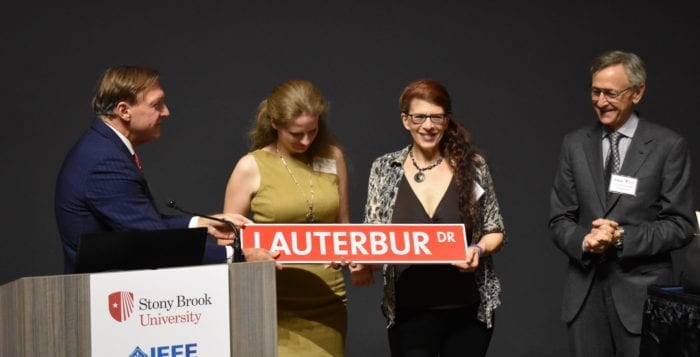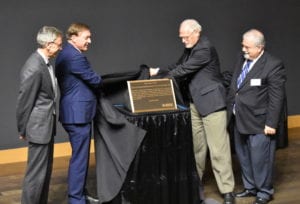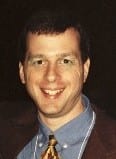Some Ward Melville High School students are doing their part to make the world a better place, one toothbrush at a time.
On Sept. 16, volunteers from Mission Toothbrush, a nonprofit dedicated to collecting oral hygiene products for those in need, will be holding a drive at Stop & Shop in South Setauket. In addition to toothbrushes, the volunteers collect toothpaste, dental floss and mouthwash that they distribute to nearby churches, soup kitchens and homeless shelters, including St. James R.C. Church in Setauket, Long Island Cares in Hauppauge and Pax Christi Hospitality Center in Port Jefferson.

“Hygiene products — dental hygiene products in particular — can prevent a range of diseases that take place within the mouth and the entire body,” said sophomore Neil Mehta, director of outreach for the organization.
Junior Jay Sangwan, co-president, said there are added benefits to being able to keep on top of dental hygiene.
“Having a healthier smile is obviously good for self-esteem and confidence, which is extremely important, as we all know,” he said. “So, a big part of our mission is that we want to share a smile with those who are less fortunate allowing them to be more confident in themselves and have higher self-esteem.”
Co-president Kelsey Ge, a junior at Ward Melville, said those who run soup kitchens and homeless shelters have told Mission Toothbrush representatives they receive a lot of food and clothing, but not enough hygiene products.
“The good thing about [dental hygiene products] is that they are nonperishables,” she said. “So, they’re very easy to collect and store. I think in general it’s a great way for people to contribute in a unique way.”
The organization was founded in November 2015 by Josh Farazhad and Hugh Ferguson, who both graduated from Ward Melville High School in 2017. Students Ethan Li, Ge and Sangwan then stepped in as co-presidents, and after Li’s graduation in June, Ge and Sangwan continued the tradition with Mehta; Katherine Liu, director of finance; and Preeti Kota, director of operations.
Mission Toothbrush has collected $40,000 worth of dental items and monetary donations since its inception, according to Ge. The organization estimated the products have included 5,000 toothbrushes, 8,000 ounces of toothpaste, 95,000 milliliters of mouthwash and 30,000 yards of dental floss.

The students said volunteering is not limited to those in high school, and from time to time, middle schoolers have helped out. Each drive averages 10 volunteers from the school district lending a hand.
The group will soon solicit other hygiene products including diapers and feminine hygiene products that those donating may overlook during community outreach drives, and the board of directors also wants to create branches in other areas in the future.
“Being able to open some sort of new branches outside of our local area is important,” Ge said. “Because of our focus on local community, it’s a really great way to concentrate on the needs directly around us, but one of the limitations is we really can’t reach the wide population who truly need these supplies.”
Sangwan said he hopes expanding will help more high school students interact with others in their areas. “A big part of this was not only to help the community and to raise awareness, but also it was just a really good life skill, we thought, for high school students to have these interactions,” he said.
Mission Toothbrush’s drive will be held from 1 to 4 p.m. Sept. 16 at Stop & Shop located at 260 Pond Path. For more information about Mission Toothbrush and future community drives, visit www.missiontoothbrush.org.





























